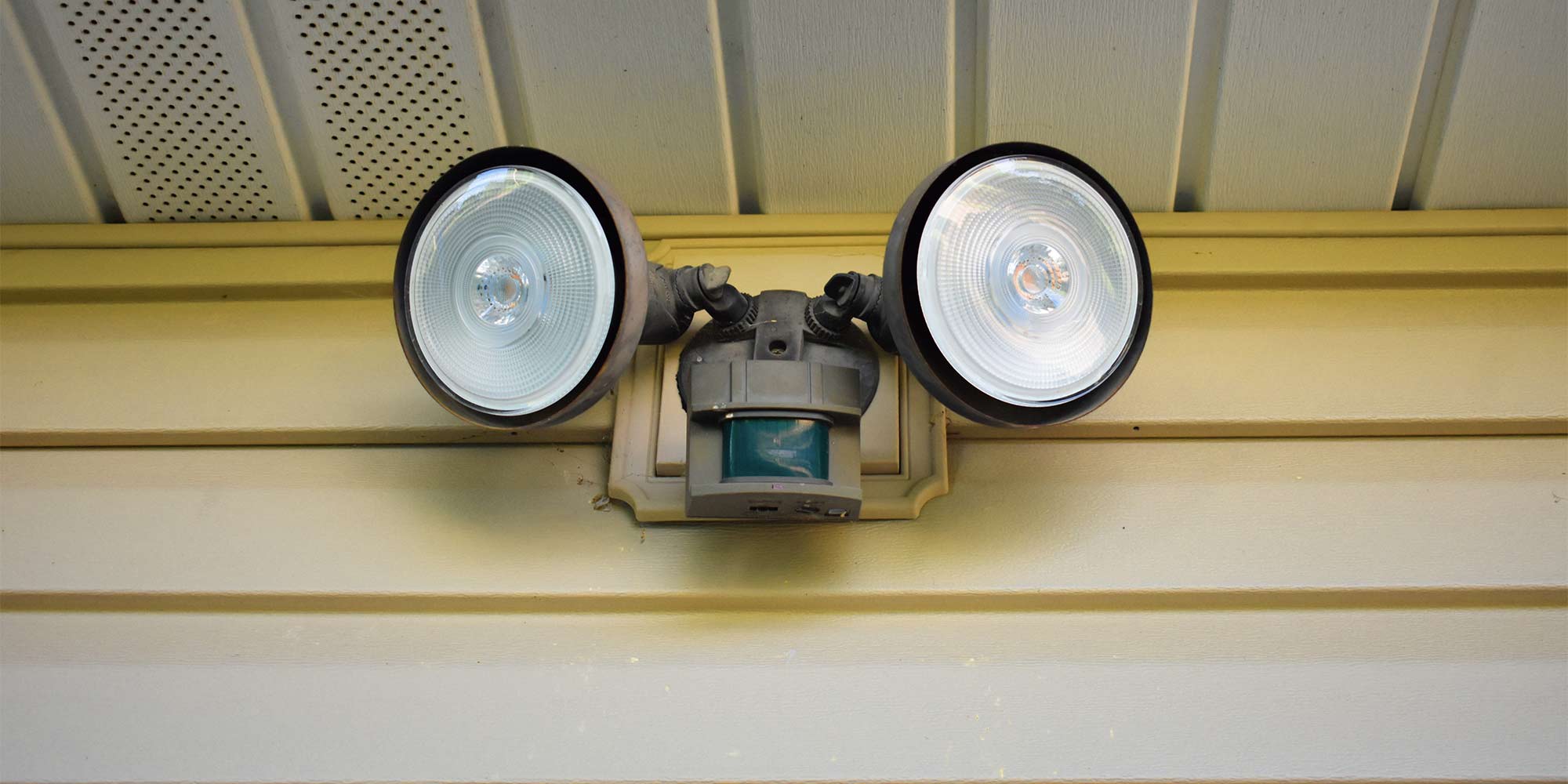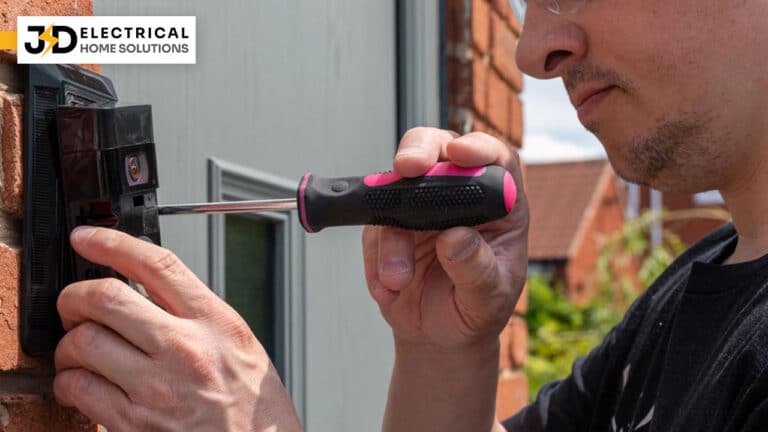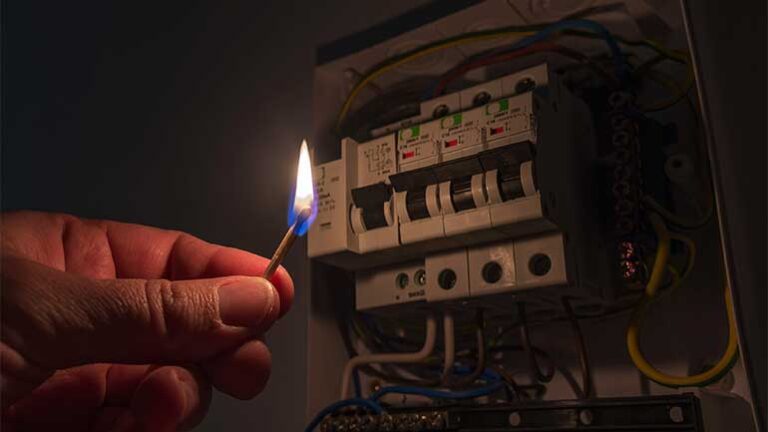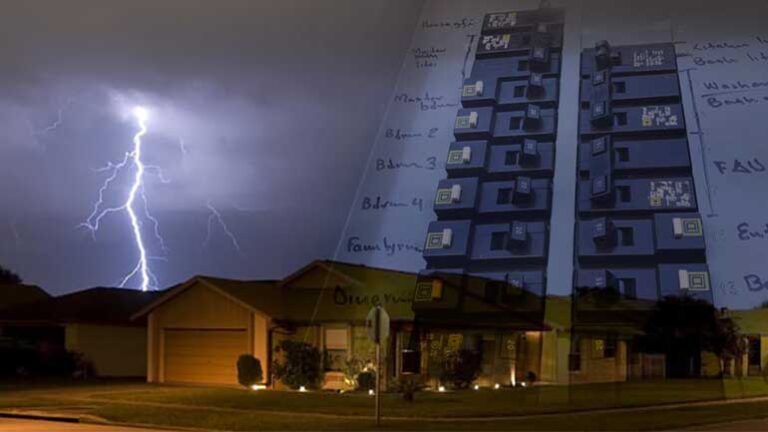The Pros and Cons of Installing Motion Sensor Lights for Home and Business Security
Security is a top priority for both homeowners and business owners. One effective way to enhance security is by installing motion sensor lights. These lights offer convenience, safety, and peace of mind, but as with any technology, there are both advantages and drawbacks. In this blog, we’ll explore the pros and cons of installing motion sensor systems to help you decide if they are right for your home or business.
The Pros of Installing Motion Sensor Lights
1. Increased Security
Motion sensor lights automatically activate when they detect movement, making it harder for intruders to hide in the dark. This can deter criminal activity and make your home or business less attractive to potential burglars.
2. Energy Efficiency
Since these lights only turn on when needed, they are more energy-efficient than traditional lighting systems. You won’t have to worry about accidentally leaving lights on overnight, saving electricity and reducing your energy bill.
3. Convenience
These lights provide hands-free lighting. Whether you’re arriving home at night or navigating your property in the dark, you won’t need to fumble for switches. They illuminate walkways, driveways, and entrances when movement is detected.
4. Safety Enhancement
These lights improve visibility, reducing the risk of accidents. Motion-activated lighting is especially useful in areas with steps or uneven surfaces, helping to prevent falls or injuries during nighttime.
5. Customizable Coverage
Modern motion sensors and flood lights come with adjustable settings. You can customize the range and sensitivity, ensuring that only significant movement triggers the lights and preventing them from turning on for small animals or environmental changes like wind.
The Cons of Installing Motion Sensor Lights
1. False Activations
While motion sensor lights can be highly sensitive, they may also be triggered by non-threatening movements, like passing animals, swaying branches, or even gusts of wind. This can be frustrating, especially if it happens frequently.
2. Limited Detection Range
Depending on the quality of the sensor, motion detection lights may have a limited range. This can create blind spots around your property, potentially reducing their effectiveness in covering all areas where security lighting is needed.
3. Higher Initial Cost
Motion sensor lights are generally more expensive than traditional lighting systems. Though they save money in the long run through energy efficiency, the upfront cost can be higher, especially for larger properties that require multiple fixtures.
4. Maintenance and Wear
Like any electrical component, motion sensor lights require maintenance to ensure optimal performance. Over time, sensors can wear out, leading to reduced effectiveness or false triggers, which may require professional repairs or replacements.
5. Power Dependence
If your motion sensor system is wired into your electrical system, a power outage will render them ineffective. To mitigate this, you might consider solar-powered options or a backup generator for continuous security.
Is Motion Sensor Lighting Right for You?
Motion sensor lights are a practical, energy-saving option for both homes and businesses in Denver and surrounding areas. Whether you’re looking to enhance security, improve safety, or reduce energy costs, these lights can be a valuable investment. JD Electrical Home Solutions offers expert lighting services to ensure your lights are set up correctly, providing you with peace of mind.
Contact our team: call us at 303.276.3865 or contact us online to schedule a service.







